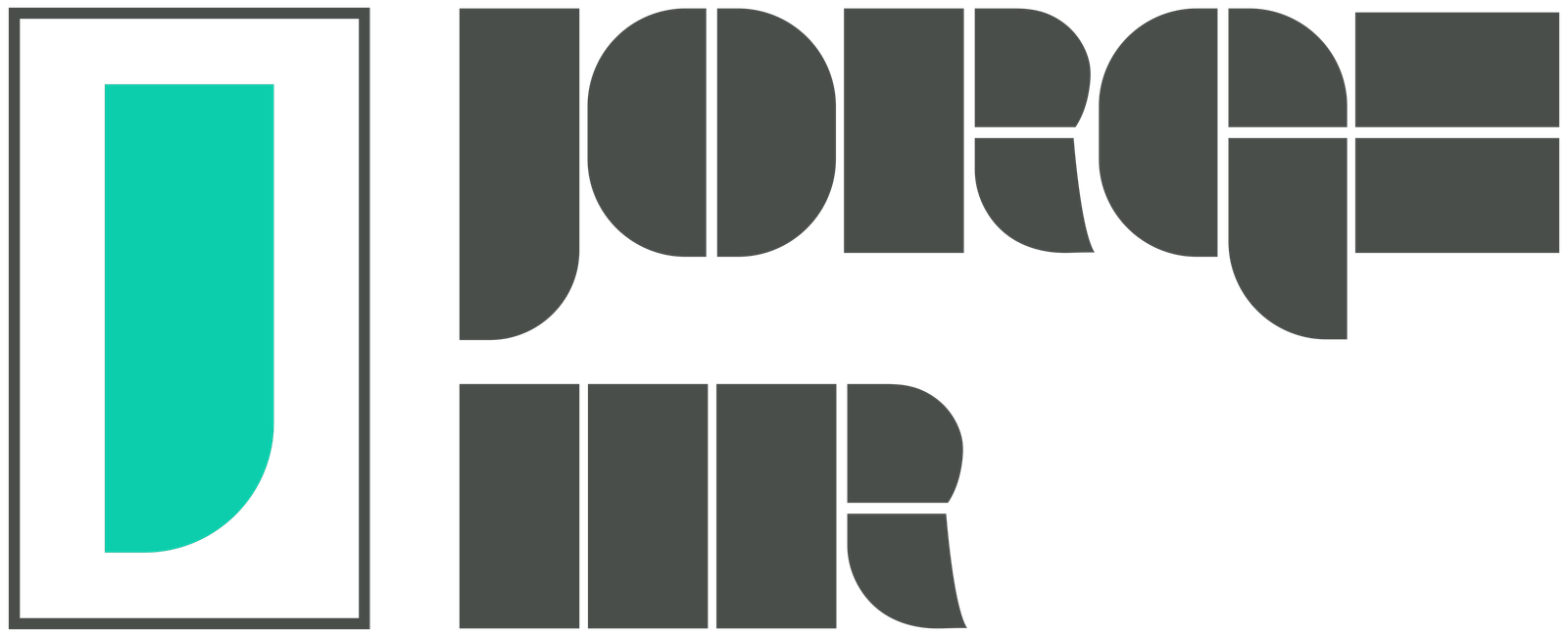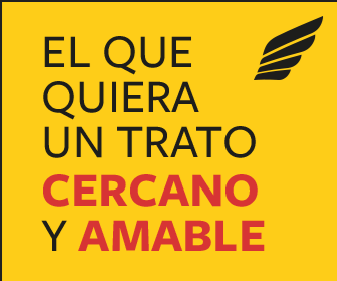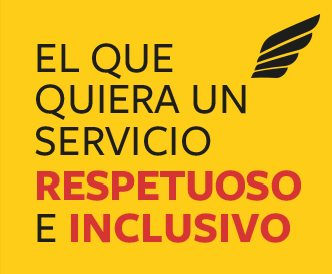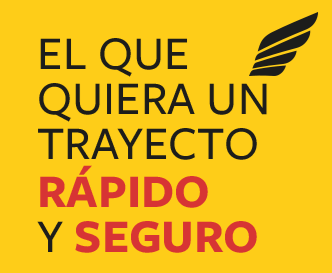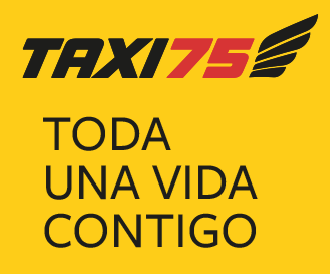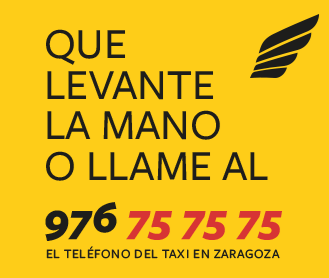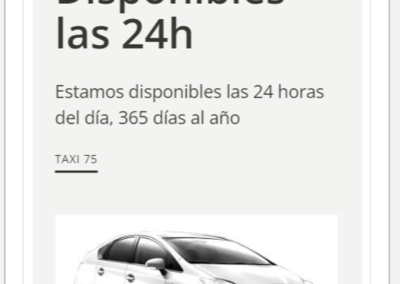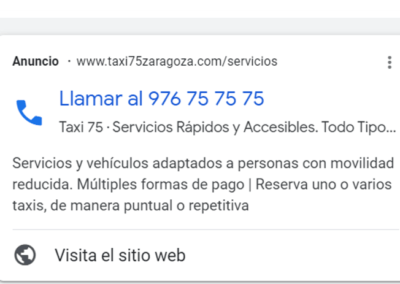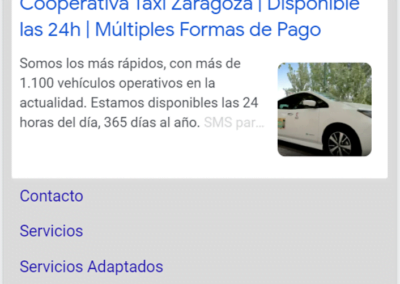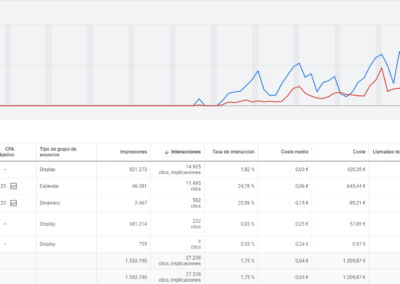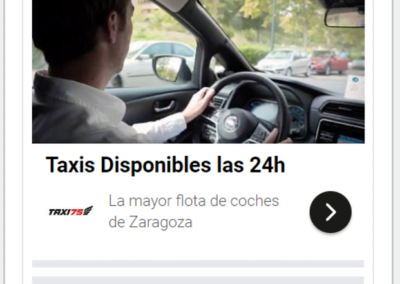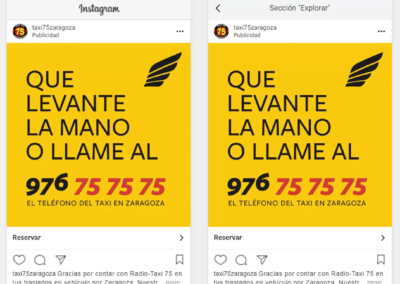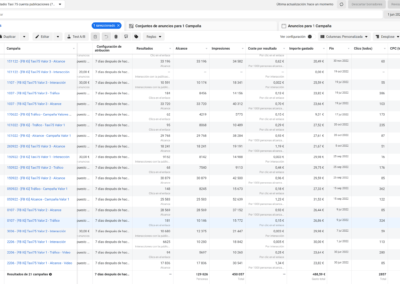Employee Branding, Digital Presence and Paid Media Strategy
This project came about as a result of a city transport company’s need to strengthen its digital presence during peak usage periods. They had never used Paid Media before so it was a novelty for them to start doing this.
total number of team members:
Three
Main role I played on the team:
Paid Media Strategist
Project Duration:
Four Months
The Problem
The entry of new transport companies in the city, the arrival of Cabify and others, was starting to decrease the frequency of calls they were receiving, even with all the additional services they were providing. In parallel, after some complaints the morale and lack of motivation of some drivers was noticeable. They had to take action and start using digital media.
The Solution
The solution involved creating several mass campaigns prioritising the impacts in the metropolitan area at the moment a person wanted to take a taxi. To do this, several highly emotional creatives were created around 3 specific claims, the telephone number and the feeling of rootedness. Once the visual and emotive part was achieved, the extra services that users would value and the company’s unique selling proposition were communicated in a secondary way.
The Process
Initial Strategic Considerations
The idea was to fix in the user’s mind some claims that would differentiate the service and express specific values, that they would associate it with the service together with the telephone number and that they would finally understand that it is part of their identity and their way of getting around the capital.
Therefore, the most important assets that were created were 3 Gifs in multiple sizes, changing the first image, where the following was communicated:
- 1st Image: Anyone who wants a Close and Friendly treatment / Anyone who wants a Fast and Safe journey / Anyone who wants a Respectful and Inclusive service.
- 2nd Image: Raise your hand or call + phone number.
- 3rd Image: A whole life with you (it was one of the first taxi companies in the province).
The main limitation in terms of segmentation was geographic in both platforms, focusing on the 25 km around the capital to increase the impact.
Google Ads
In Google Ads, it must be understood that PMAX campaigns were not yet well implemented. Therefore, it was decided to use all the creatives in different sizes to create a Display campaign with a viewable CPM strategy to ensure the maximum possible impressions. And in parallel a dynamic Display campaign and an adaptive search campaign together with a phone call campaign with a bidding strategy to maximise clicks (to generate data when opening the account and then move on to target CPA). Display campaigns prioritised impacts on APPs and certain websites. And a list of more than 2k customers was added to create and use similar audiences (as in Meta Ads) in Display campaigns along with custom segments (news websites, other taxi websites, bus, travel, people with reduced mobility, etc.), retargeting ads, audiences with travel intentions, night work, etc. We also implemented several dynamic location headings (to adapt to the location of the person searching) and tested several copies in the search campaign, and then prioritised the call campaign. In order not to stifle the search campaign, broad keywords and many other optimisations were used.
Meta Ads
In Meta Ads we simultaneously used an outreach campaign, an interaction campaign to generate audiences (and advance in the secondary objective) and a traffic campaign to a link that facilitated the call or order a taxi from the web. Each creative with one of the three claims lasted 10 days in circulation and then switched to the next. This was accompanied by some organic and highly emotive posts, which the whole fleet was encouraged to actively participate in. The focus was on Facebook and Instagram for the most frequent placements, also excluding Audience Network and Messenger, as we wanted to keep the communication within the social and emotional framework that social media gives us. The creation and use of L&L and retargeting audiences in the interaction and traffic campaigns were key.
The Results
The results were much better than expected, achieving the main objective, which was an increase in calls received and that the largest number of people memorised the phone number, as a secondary objective was achieved by associating the brand (and that phone-service) to a series of values that ended up resonating also in the entire workforce of drivers.
Total impacts
Cost/Conv.
%
Conversion Rate
Number of calls
Total clicks
%
